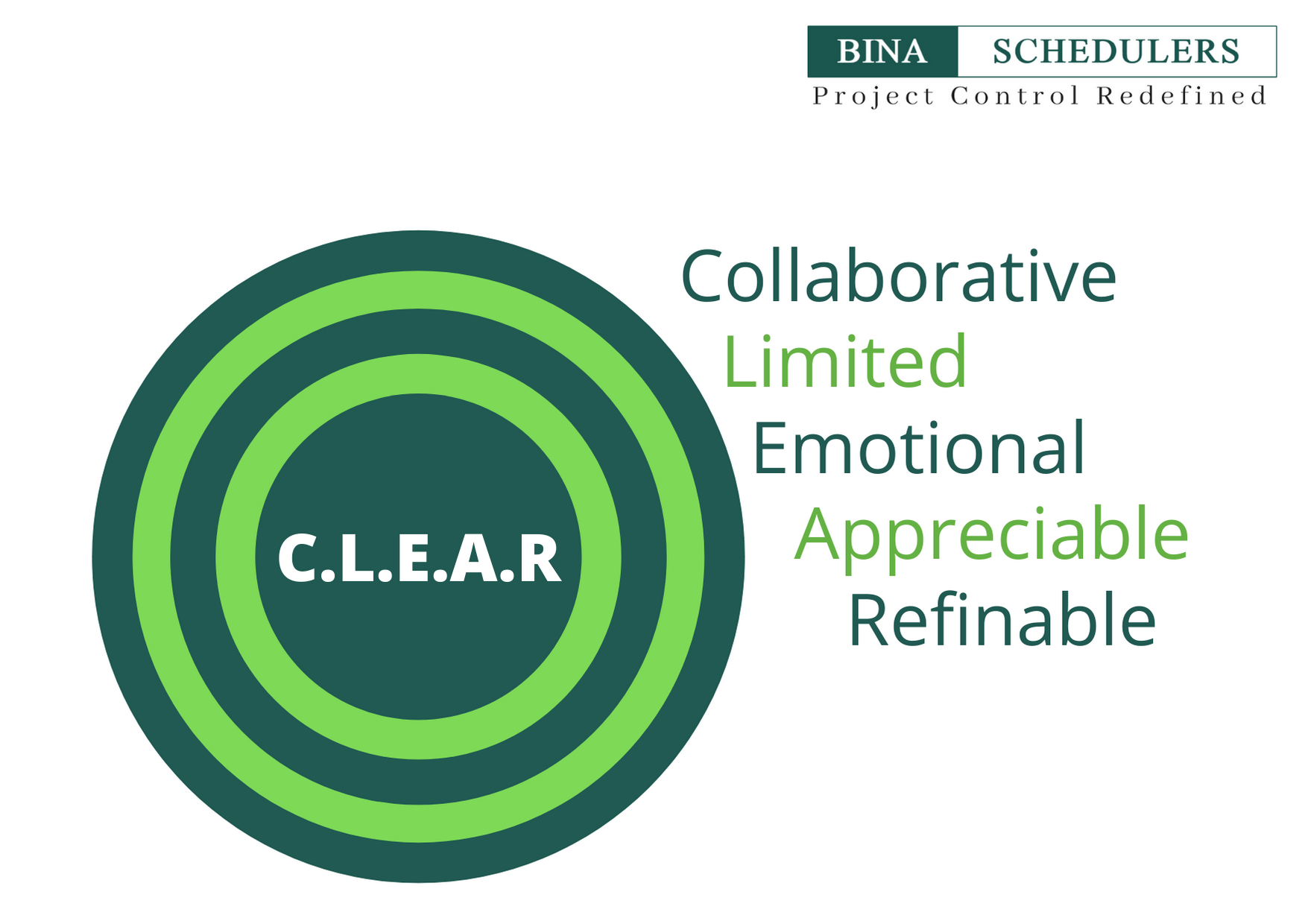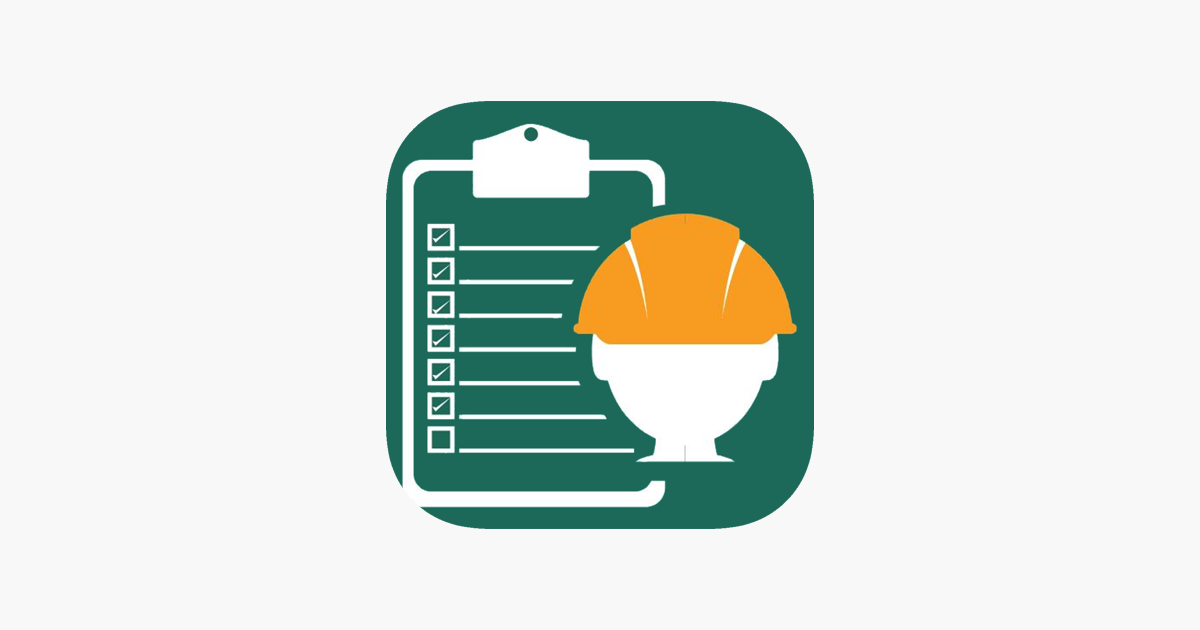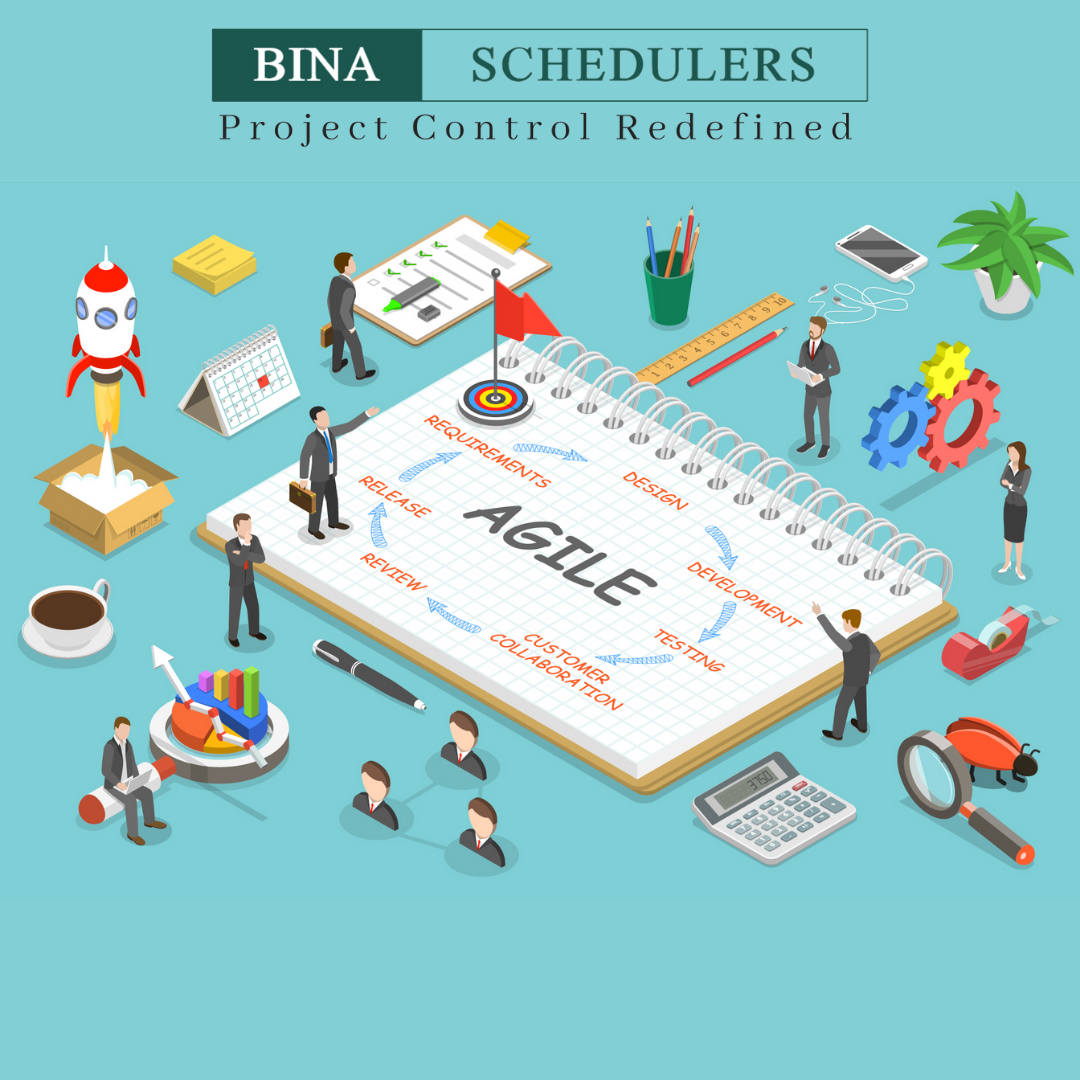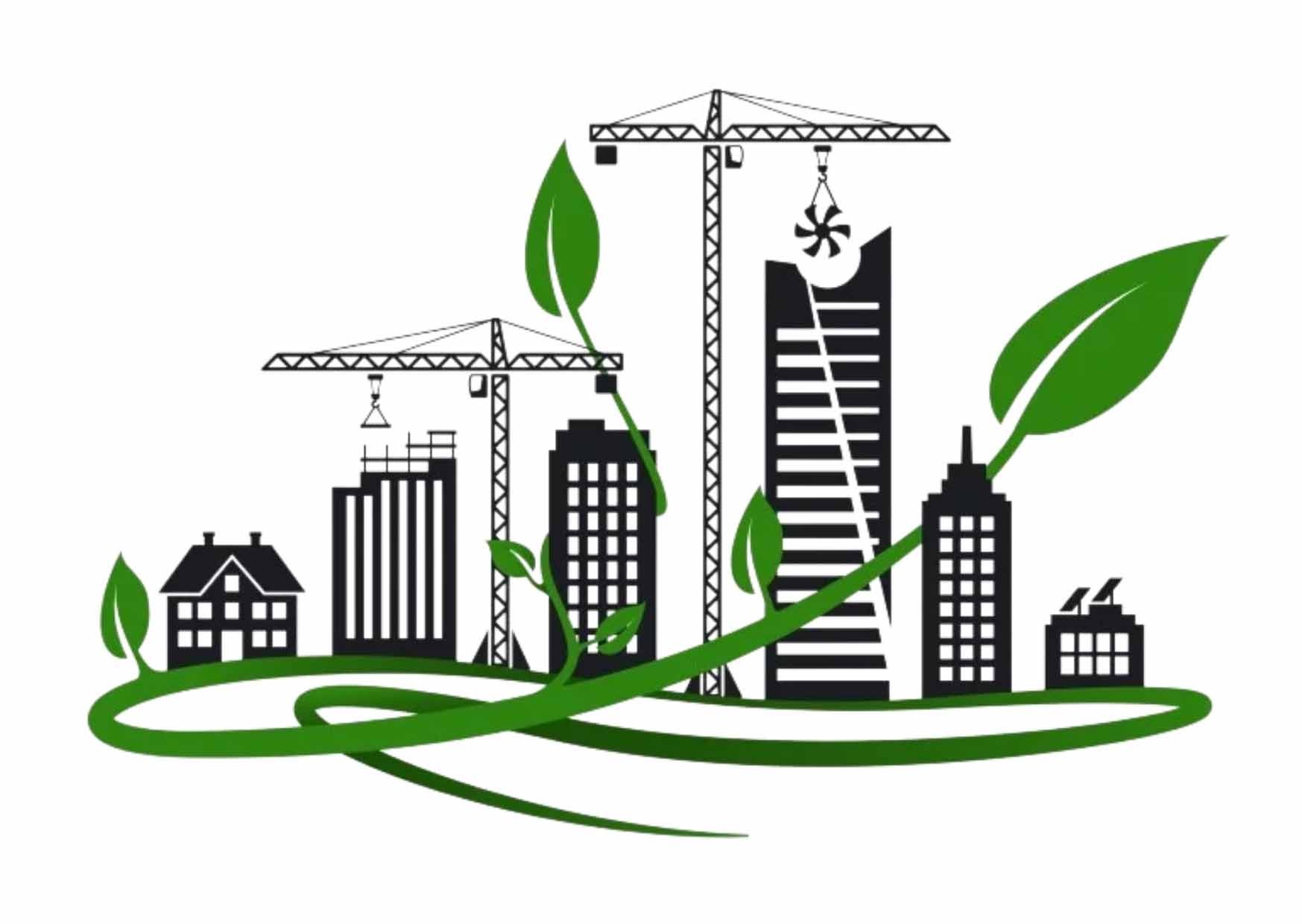
Managing a project is not easy, no matter what the scale and scope are. From planning the minutia to handling the ever-changing demands of clients to shipping the deliverables on time, there’s a lot that can go wrong. When you divide the project into manageable stages, each with its own goals and deliverables, it’s easy to control the project and the quality of the output.
In a project management guide, if you are somehow in a position where you are expected to manage projects for your organisation and are feeling overwhelmed, it’s better to start learning the basic stages of the project lifecycle phases.
According to the PMBOK Guide (Project Management Body of Knowledge) by the Project Management Institute (PMI), a project management life cycle consists of 5 distinct phases including initiation, planning, execution, monitoring and closure that combine to turn a project idea into a working product.

The 5 basic phases in the Project Management Process are:
-
Project Initiation
-
Project Planning
-
Project Execution
-
Project Monitoring and Controlling
-
Project Closing

Phase 1 : Project Initiation
The project initiation phase is the first stage of turning an abstract idea into a meaningful goal. In this stage, a project manager would need to develop a business case and define the project on a broad level. In order to do that, he will have to determine the need for the project and create a project charter.
A project charter is a formal, typically short document that describes the project in its entirety - including what the objectives are, how it will be carried out, and who the stakeholders are. It also includes a budget and the project timeline. It is a crucial ingredient in planning out the project because it is used throughout the project lifecycle.
Once you have the project goals and project scope, identify key project stakeholders - the people who are going to be involved in the project. Create a stakeholder register with roles, designation, communication requirements and influence.
With a clear goal of the project established in this phase, a project charter does not contain any technical details that happen in the planning stage.
Consider the example of a contractor assigned to build a new link bridge in Kuala Lumpur. The selection of the design, capacity and lifespan will not be a part of the initiation phase. The only certainty would be that the new bridge will be constructed within that given timeframe and budget.
Phase 2: Project Planning
The project planning stage requires complete diligence as it lays out the project’s roadmap. Unless you are using a modern project management methodology like agile project management, the second phase of project management is expected to take almost half of the entire project’s timespan.
In this phase, the primary tasks are identifying technical requirements, developing a detailed project schedule, creating a communication plan and setting up goals/deliverables.
There are several methods of setting up project’s goals but S.M.A.R.T. and C.L.E.A.R. are the most popular.
S.M.A.R.T. Goals:
The ‘SMART’ criteria ensure that the goals you set for your project are critically analysed. It is an established method that reduces risk and allow managers to make clearly defined and achievable goals.
S.M.A.R.T. stands for

C.L.E.A.R. Goals:
The ‘CLEAR’ method of setting up goals is designed to cater to the dynamic nature of a modern workplace. Today’s fast-paced businesses require flexibility and immediate results and CLEAR can help you with that.
C.L.E.A.R. stands for

During the planning stage, the scope of the project is defined. There is a possibility of changing the scope of the project if it demands it but the project manager must approve the change. Project managers also develop a work breakdown structure (WBS), which clearly visualises the entire project in different sections for the team.
A detailed project timeline with each deliverable is another important element of the planning stage. Using that timeline, project managers can develop a communication plan and a schedule of communication with relevant stakeholders.
Risk mitigation is another important aspect of project management that is a part of the planning stage. The project manager is responsible for extrapolating past data to identify potential risks and develop a strategy to minimize them.
An important element that professionals often overlook is an effective change management plan. As a project manager, you must be ready to incorporate a few changes in the project to avoid bottlenecks and project delays.
In the absence of a working change management plan, scope creep happens and causes huge problems for the project team in the later stages of the project. So it’s best to reduce the possibility of unforeseen changes as much as possible.
Phase 3 : Project Execution
The project execution stage is where your team does the actual work. As a project manager, your job is to establish efficient workflows and carefully monitor the progress of your team.
Another responsibility of the project manager during this phase is to constantly maintain effective collaboration between project stakeholders. This ensures that everyone stays on the same page and the project runs smoothly without any issues.
You can take help from collaboration software available in the market. They’ll not only make your life easier but also improve efficiency and increase the productivity of your team.
Phase 4: Project Monitoring and Controlling
In the project management process, the third and fourth phases are not sequential in nature. This phase runs simultaneously with project execution, thereby ensures that objectives and project deliverables are met.
As a project manager, you make sure that no one deviates from the original plan by establishing Critical Success Factors (CSF) and Key Performance Indicators (KPI).
During the monitoring phase of project management, the manager is also responsible for quantitatively tracking the effort and cost during the process. This tracking not only ensures that the project remains within the budget but also is important for future projects.
Phase 5: Project Closing
This is the final phase of the project management process. The project closure stage indicates the end of the project after the final delivery. There are times when external talent is hired specifically for the project on contract. Terminating these contracts and completing the necessary paperwork is also the responsibility of the project manager.
Most teams hold a reflection meeting after the completion of the project in order to contemplate on their successes and failures during the project. This is an effective method to ensure continuous improvement within the company to enhance the overall productivity of the team in the future.
The final task of this phase is to review the entire project and complete a detailed report that covers every aspect. All of the necessary data is stored in a secure place that can be accessed by project managers of that organization.
Conclusion
Dividing a project into multiple phases gives the project a semblance of predictability. It gives a framework to operate, making it easier to plan and execute.





























